Part-Efficient Aircrafts!
By ChatGPT
The US Navy needed a new carrier-based strike fighter after the failure of the Tactical Fighter Experimental and the cancellation of the F-111B. They launched the Naval Fighter Experimental (VFX) competition, seeking a twin-engined Mach 2.2+ fighter that could perform air-to-air and close air support operations, seat two people, and carry various missiles and a rotary cannon. Ling-Temco-Vought Aerospace, USA, a defense contractor, received a Request For Proposal (RFP) from NAVAIR (Naval Air Systems Command) and partnered with Dassault, a French company known for their Mirage G swing-wing fighter prototype. Together, they developed the V-507, which had variable-geometry wings and distinct intakes like the Mirage G. The V-507 was powered by two Pratt & Whitney TF-30-P-412 afterburning turbofans. Although it may not have been the fastest or most maneuverable design, Vought believed their reputation from the F-8 Crusader and A-7 Corsair II would give them an advantage. However, in late 1968, McDonnell Douglas and Grumman were chosen as the final contenders, and Grumman ultimately won the VFX contract for the F-14 Tomcat in 1969.
-[N/A]
If you wanted to see more about Part-Efficient Aircrafts, click here (clickable)
That’s it!
Specifications
General Characteristics
- Created On iOS
- Wingspan 48.4ft (14.7m)
- Length 54.5ft (16.6m)
- Height 17.7ft (5.4m)
- Empty Weight 15,094lbs (6,846kg)
- Loaded Weight 16,989lbs (7,706kg)
Performance
- Power/Weight Ratio 2.976
- Wing Loading 53.1lbs/ft2 (259.0kg/m2)
- Wing Area 320.2ft2 (29.8m2)
- Drag Points 5288
Parts
- Number of Parts 52
- Control Surfaces 5
- Performance Cost 312

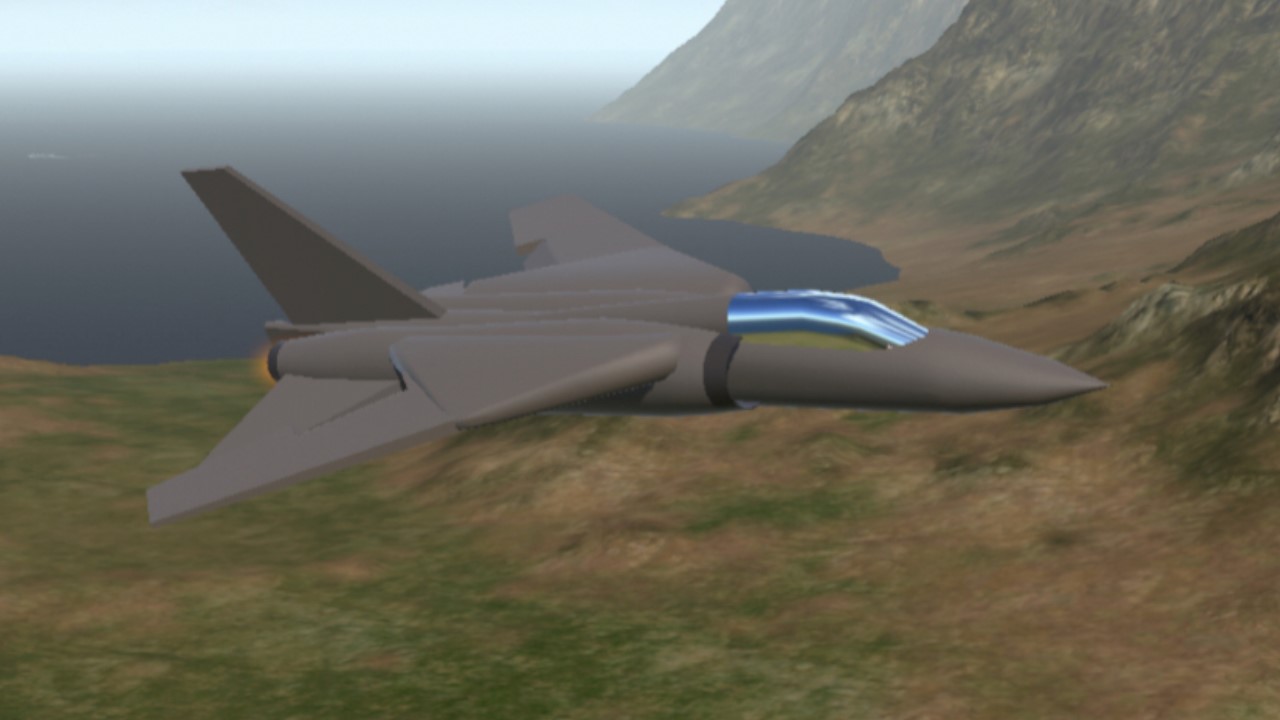
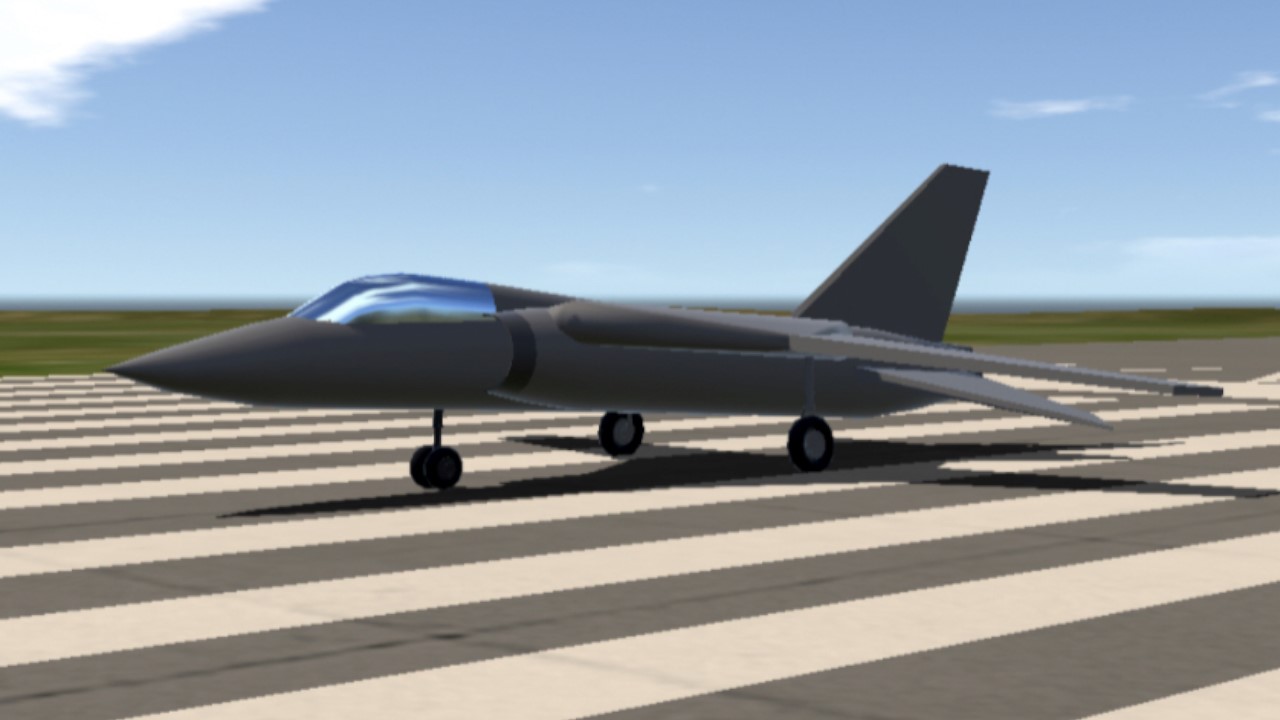
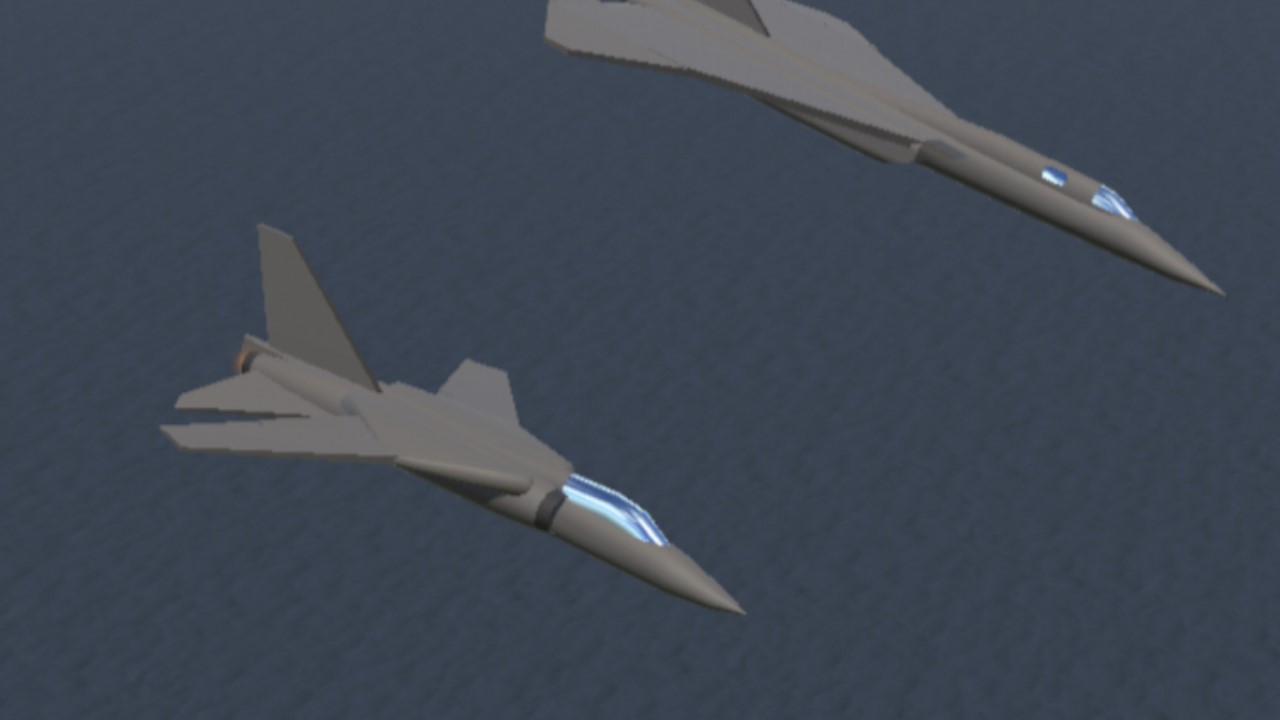

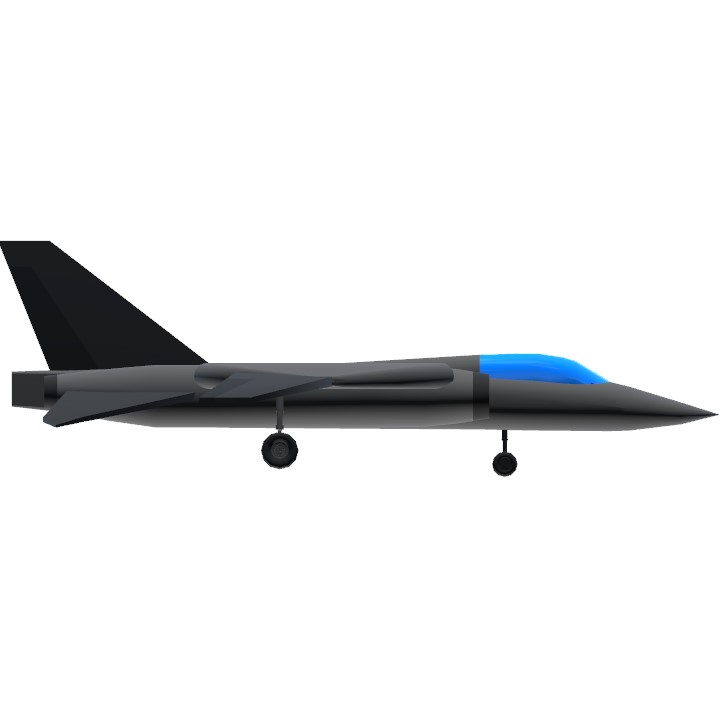
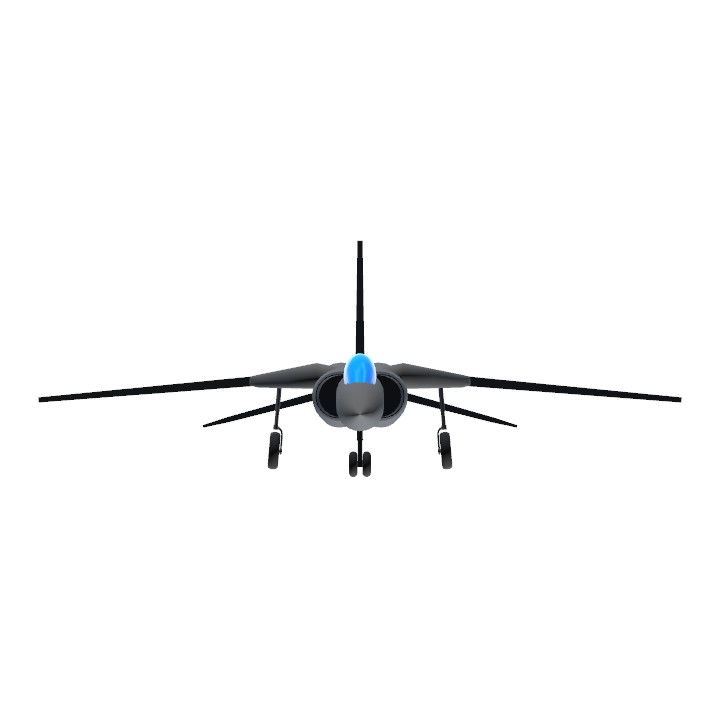
Sure
@Speedhunter
This plane is really cool
(also minor suggestion/opinion: Would you be making a PEA F-105 Thunderchief?)
Love it!
I'm also working on my PEA plane.
What plane?
The BF-109G.
But is hard to make so ima finish it soon